William Calley: The Only US Soldier Convicted for His Actions in the Mỹ Lai Massacre
William Calley has become synonymous with the horrific events that were perpetrated by American soldiers during the Mỹ Lai Massacre. A second lieutenant serving with C Company, he was the only person convicted for his involvement, with it argued at trial that he took the lives of innocent civilians without a second thought. Despite this, he served a relatively short prison term, with his case proving to be a divisive time in the United States.
William Calley was an ‘average’ US Army officer
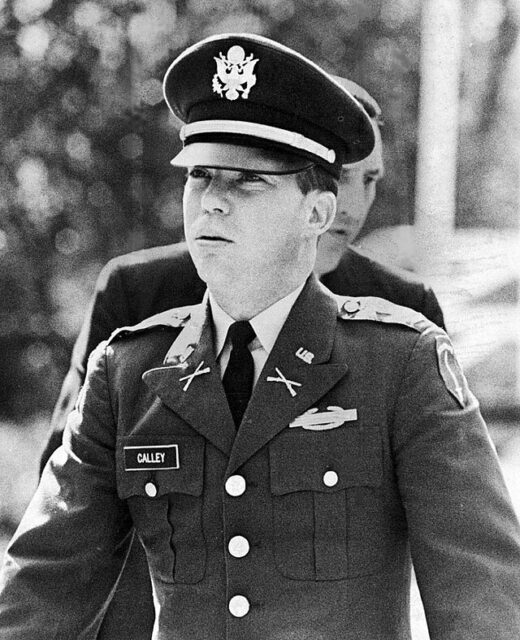
William Calley first attempted to enlist in the US Army in 1964, but was denied for a hearing issue. He re-applied two years later and was accepted, undergoing eight weeks of basic training at Fort Bliss, Texas. He was then sent to Fort Lewis, Washington, to undergo a further eight weeks of advanced training as a company clerk.
After achieving an acceptable score on his Armed Forces Qualification tests, Calley was chosen to attend Officer Candidate School at Fort Benning (now Fort Moore), Georgia. He graduated toward the back of his class in September 1967, and was commissioned as a second lieutenant.
Assigned to 1st Platoon, C Company, 1st Battalion, 20th Infantry Regiment, 11th Infantry Brigade, 23rd Infantry Division, Calley was sent to the Schofield Barracks in Hawaii to train for a deployment to South Vietnam. While official reports say he was about “average” as an officer, later statements from his comrades later showed he lacked common sense and had trouble reading maps and compass directions.
Prelude to the Mỹ Lai Massacre
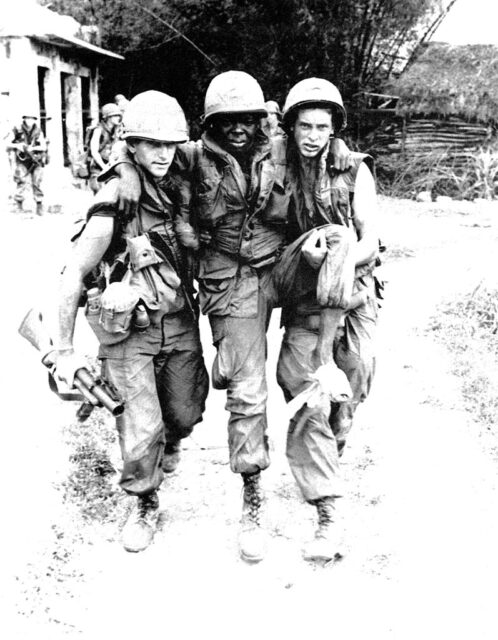
The Mỹ Lai Massacre is one of the most infamous events in US military history. Occurring in March 1968, it saw the the killings of over 500 South Vietnamese civilians by members of C Company, which were covered up and eventually revealed to the American public.
The US military had received incorrect intelligence that the 48th Battalion of the Viet Cong had taken up positions in Mỹ Lai. In reality, the guerrillas were positioned over 40 miles away, in the western Quảng Ngãi highlands. Having suffered casualties as a result of enemy activity in the region, Capt. Ernest Medina ordered C Company to enter the hamlet, which he said wouldn’t have civilians in it, as they’d be at a nearby market, and take out all enemy fighters.
They were also ordered to destroy all crops and buildings.
Mỹ Lai Massacre
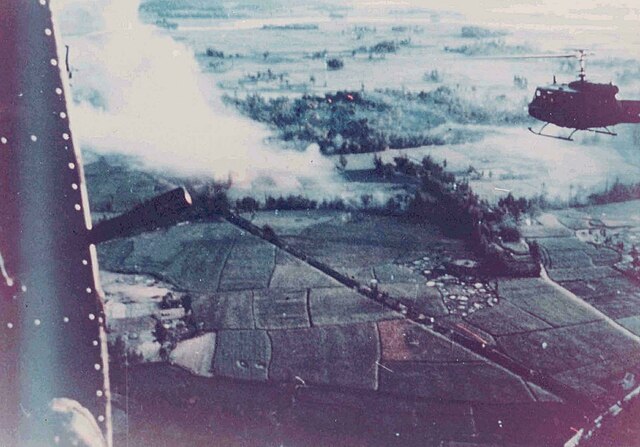
Shortly before 7:30 AM on March 16, 1968, Mỹ Lai was shelled by US artillery, to clear an area where C Company could land their helicopters. Around 20 minutes later, William Calley led the 100-or-so group into the hamlet, where carnage ensued.
The men of C Company faced no resistance upon entering Mỹ Lai, with the majority of residents making breakfast. Despite this, they entered the hamlet shooting, killing hundreds of elderly men, women and children with bayonets and rifle and grenade fire. Women were also brutally assaulted by the American troops.
C Company’s 2nd Platoon moved north from the landing zone, while 3rd Platoon followed, destroying buildings and taking out any survivors. Warrant Officer Hugh Thompson was flying a scout helicopter overhead and saw wounded civilians, radioing to ground troops their location, so they could be given medical aid. When he returned to the scene, he saw they’d been slain.
When Thompson saw a group of American troops approaching other civilians, he landed his helicopter and, with his other two crewmen, coordinated the evacuation of the innocent residents. While Thompson reported what he’d witnessed at Mỹ Lai, his account was deemed false by 11th Infantry Brigade Col. Oran Henderson.
At 11:00 AM, Ernest Medina ordered a lunch break and informed his superiors that numerous Viet Cong guerrillas had been slain, when, in actuality, all of the victims had been innocents. While the official American estimate places the total at 347, Vietnam has stated the number is much higher, at 504.
Bringing the events of the Mỹ Lai Massacre to light
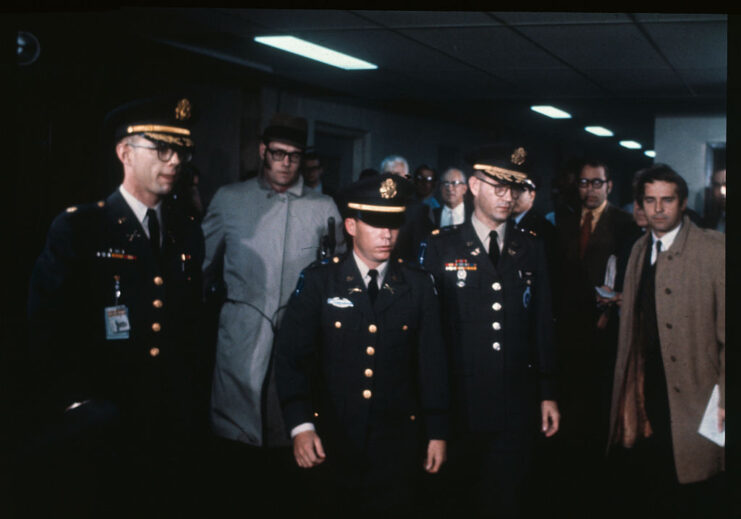
In the immediate aftermath, attempts were made to cover up the Mỹ Lai Massacre. The official report stated that 128 “enemy” guerrillas had been killed, with Gen. William Westmoreland, the US Army’s top commander in Vietnam, praising C Company. Nearly 13 months later, in April 1969, Ronald Ridenhour, who’d served in the 11th Infantry Brigade, began sending letters to members of the US government, outlining the horrific events that had taken place at Mỹ Lai.
Not wanting to raise awareness about what occurred, the US Army quietly charged William Calley and 25 other officers for their involvement in the Mỹ Lai Massacre. While they couldn’t be charged with war crimes under Article Four of the Fourth Geneva Convention, they were charged with other crimes. Calley, in particular, faced six charges of premeditated murder under Article 118 of the Uniform Code of Military Justice (UCMJ) for the killings of 109 South Vietnamese civilians.
Despite attempts to keep the whole thing under wraps, the events of the Mỹ Lai Massacre eventually became public knowledge, further fueling the anti-war sentiments that were swirling in the United States.
William Calley goes on trial
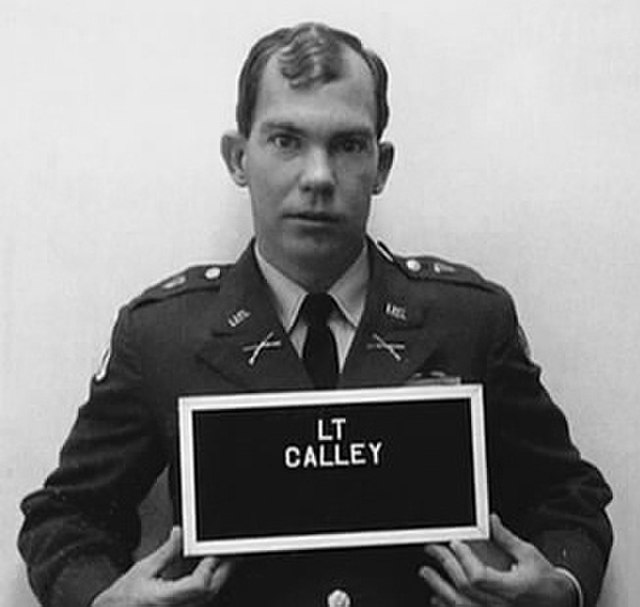
William Calley’s murder trial began on November 17, 1970. The prosecution called over 100 witnesses to the stand to prove their contention that the second lieutenant had ordered his men to intentionally killed the residents of Mỹ Lai, even though they were not being fired upon.
Among those called to testify were Hugh Thompson, who recounted what he saw from the skies, and Pfc. Paul Meadlo, who had been granted immunity from prosecution. He described the callousness with which Calley executed civilians and explained that he was told to do the same. Many others who’d served under Calley refused to testify against him, citing their Fifth Amendment right to self-incrimination.
The defense had initially claimed that the deaths at Mỹ Lai were the result of an accidental airstrike, but they were forced to bring forth another explanation after the prosecution’s witnesses showed this to be false. Calley’s new story centered around his leader, Ernest Medina, with his lawyers arguing that the second lieutenant was just following the orders laid out by his captain. They also claimed their client was of low intelligence and said the US Army should have never made him an officer.
On March 29, 1971, after 79 hours of deliberation, the six-officer jury returned with a guilty verdict, making Calley the only one of the 26 officers charged in relation to the Mỹ Lai Massacre to be convicted for his involvement. Two days later, he was sentenced to life imprisonment with hard labor, to be served at Fort Leavenworth, Kansas.
Outrage over the guilty verdict
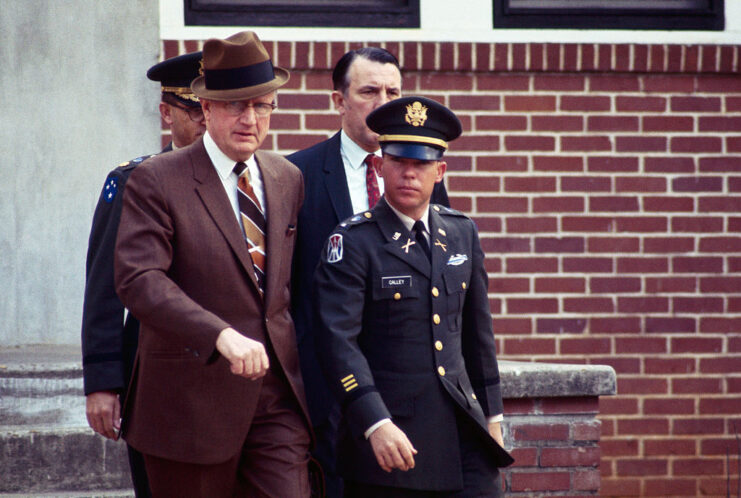
William Calley’s conviction on the six murder charges sparked outrage across the United States, with several state governors publicly sharing their dismay over the verdict. The White House also received more than 5,000 telegrams in the immediate aftermath, with most calling upon US President Richard Nixon to show leniency.
Calley appealed his conviction to the US District Court for the Middle District of Georgia, which ruled he’d been “improperly” convicted, due to the amount of publicity the trial had received, inadequate notice of charges, the denial of certain witnesses called by the defense and missing testimony from the US House of Representatives.
While Calley’s sentence was reduced to 10 years, this decision was overturned by a three-judge panel of the US Court of Appeals for the Fifth Circuit. This prompted him to, again, appeal his conviction, which ultimately failed, leading to both his conviction and sentence being reinstated on September 10, 1975. However, as he was coming up for parole in just 10 days, the decision was made to not send him back to prison, as Secretary of the Army Howard Callaway had planned to release him.
One final appeal attempt was presented by Calley to the US Supreme Court, but the judges refused to hear the case.
What happened to William Calley after his court proceedings?
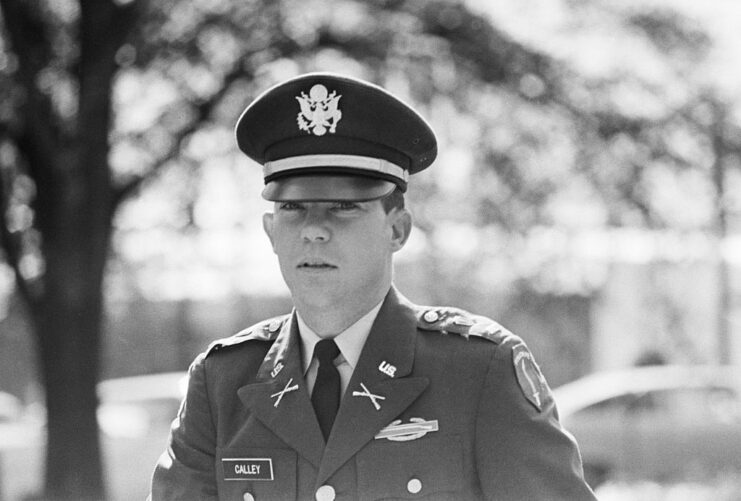
Following his release, William Calley led a relatively quiet life, working at a store owned by his father-in-law and obtaining his real estate license. He rarely spoke about the Mỹ Lai Massacre, but did acknowledge it in 2009 while speaking before members from the Kiwanis Club of Great Columbus.
“There is not a day that goes by that I do not feel remorse for what happened that day in Mỹ Lai,” he said. “I feel remorse for the Vietnamese who were killed, for their families, for the American soldiers involved and their families. I am very sorry.”
More from us: William Goines: The First African-American US Navy SEAL Served Three Tours in Vietnam
Want War History Online‘s content sent directly to your inbox? Sign up for our newsletter here!
William Calley passed away in hospice on April 28, 2024. The 80-year-old’s death wasn’t made public until July 29, when it was uncovered through an examination of public records. Of note, a question on his death certificate asking if he’d served in the US military was answered with “no”.
The post William Calley: The Only US Soldier Convicted for His Actions in the Mỹ Lai Massacre appeared first on warhistoryonline.
William Calley: The Only US Soldier Convicted for His Actions in the Mỹ Lai Massacre
Philippines Truth
Post a Comment
0 Comments